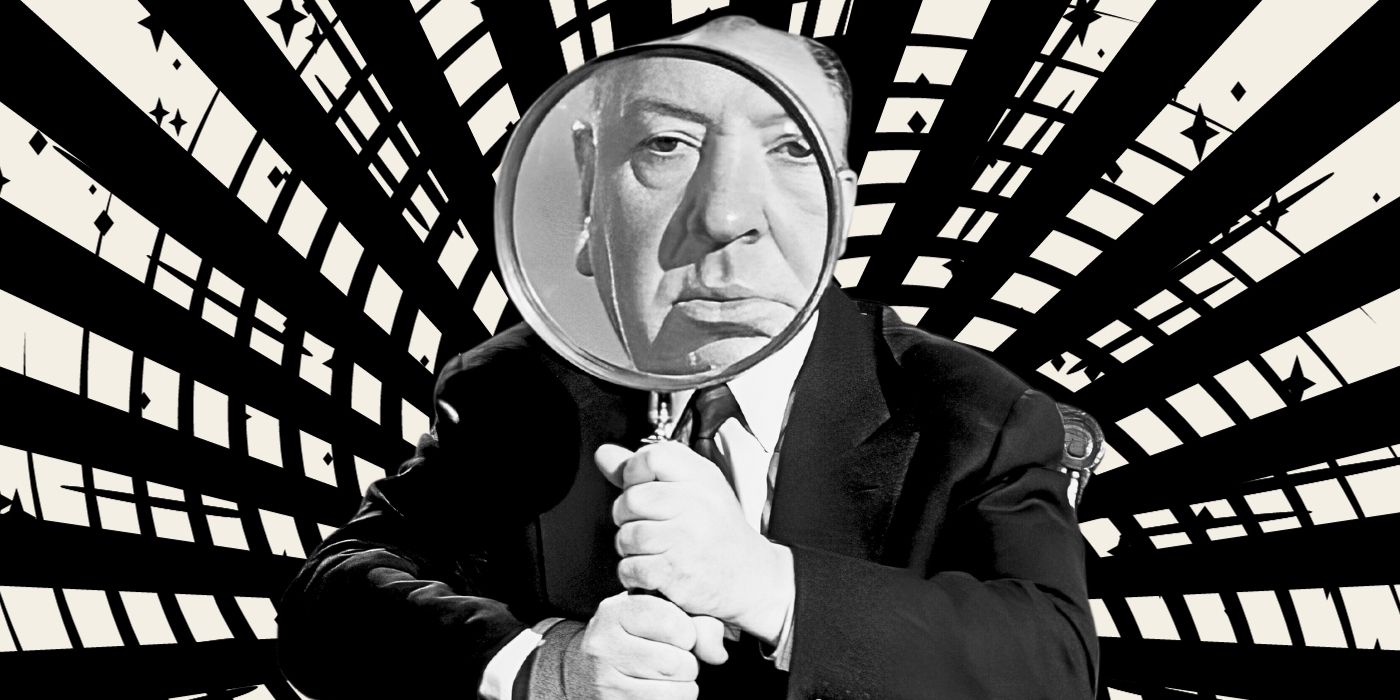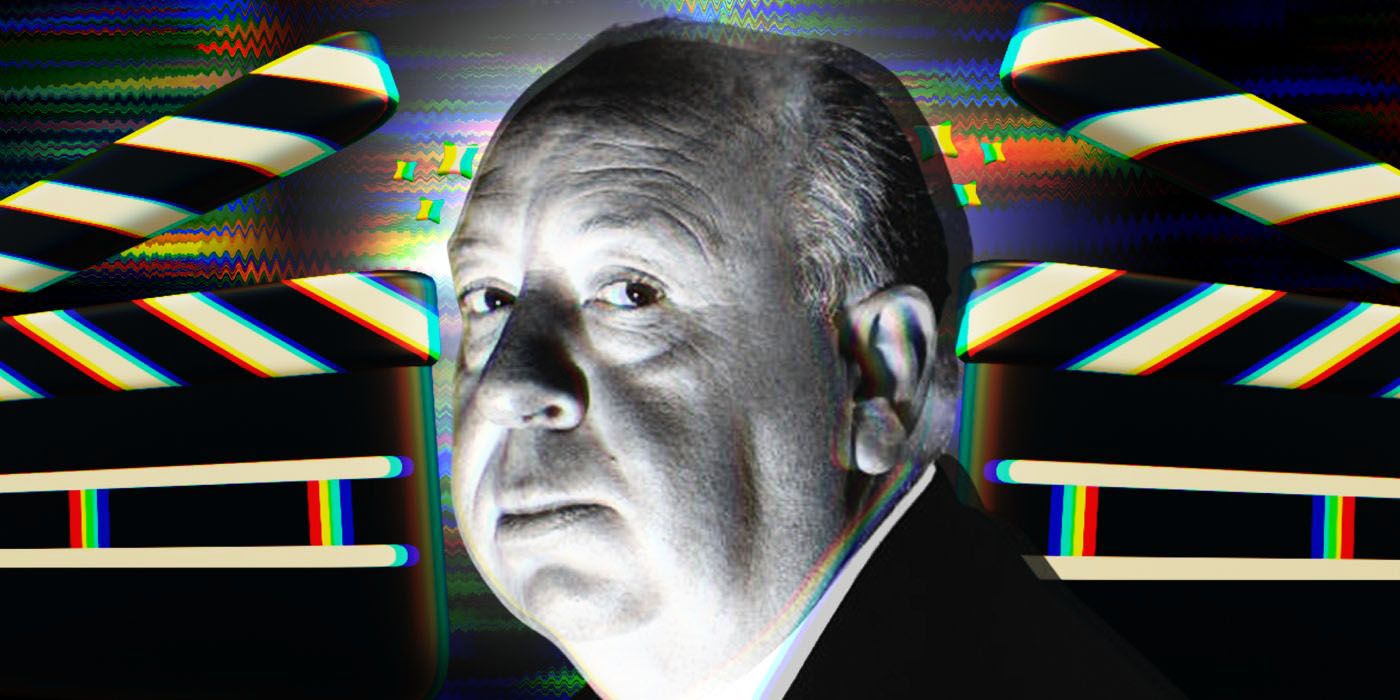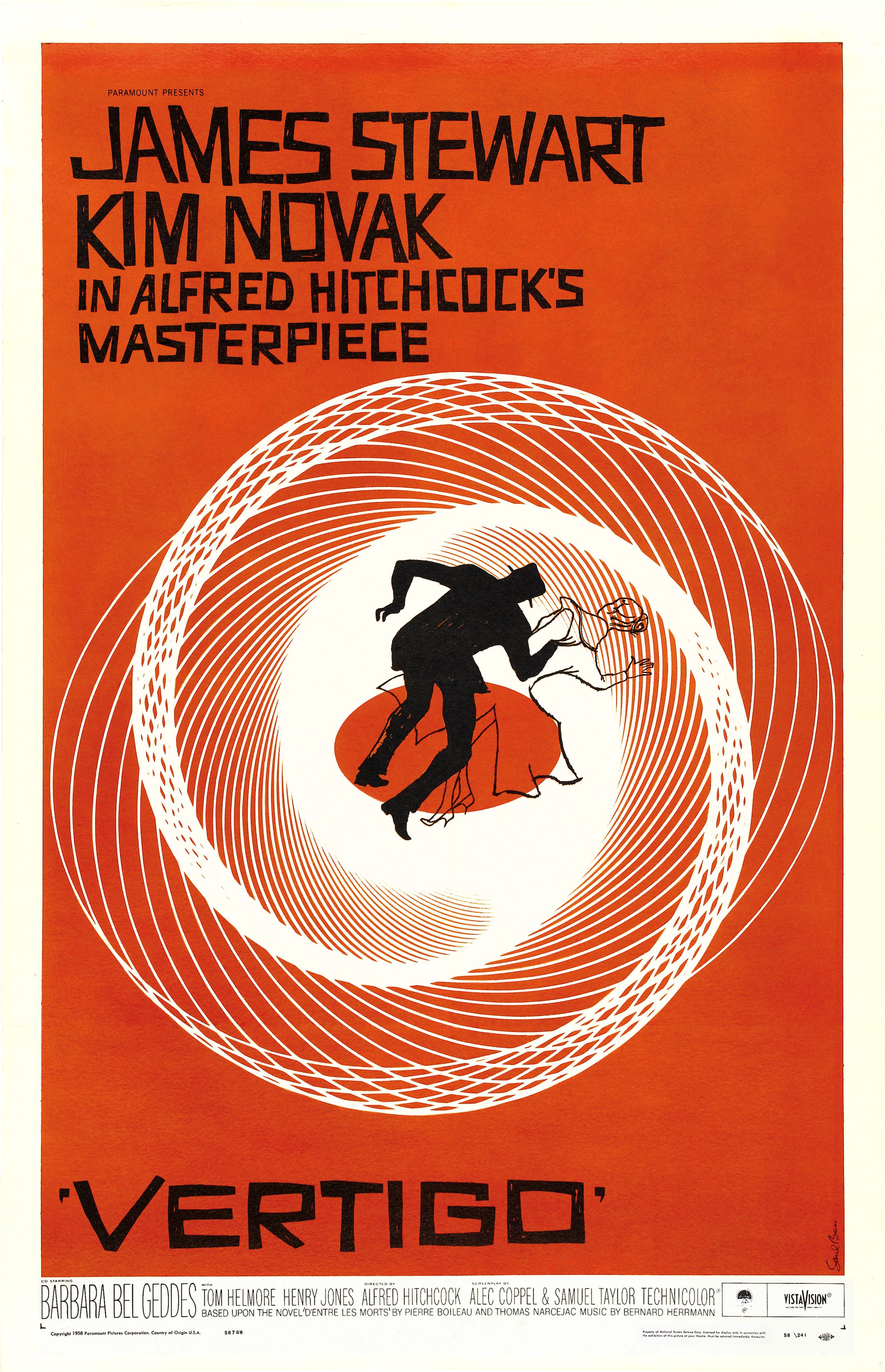The Big Picture
- Alfred Hitchcock's movie Vertigo initially received mixed reviews and had underwhelming box office success, despite later becoming regarded as one of the best films ever made.
- Hitchcock pulled Vertigo from circulation in the 1970s and '80s due to financial troubles, but its absence created pent-up demand and ultimately contributed to its resurgence in popularity upon re-release.
- Despite its initial challenges, Vertigo has since solidified its reputation as a cinematic masterpiece and has consistently ranked highly on lists of the greatest films of all time.
Alfred Hitchcock was, unsurprisingly, an unusual man. Specifically, he had lots of unusual mandates for his various movies, including how and where they should be viewed. Most famously, he demanded theaters enforce a policy that audiences couldn't be let into screenings of Psycho once the feature had started. He believed that the proper way to enjoy the motion picture was to watch it from the very beginning, hence this strident commitment to keeping out late attendees. On a much darker note, his aggressive behavior towards human beings on the set of his movies has been alleged to be quite cruel in retrospectives on his life.
Hitchcock’s erratic and inexplicable behavior even extended to the most famous of his movies, Vertigo. This Jimmy Stewart project is now considered one of the greatest motion pictures of all time and Hitchock's greatest accomplishment as an artist. Despite this notoriety in the modern world, Hitchcock withdrew the movie from circulation for a decade in the 1970s and '80s. What happened here? Why did Hitchcock suddenly deprive the general public of any chance to view what many consider to be his magnum opus? While many elements of Hitchcock’s classic movies have been ambiguous, there is a concrete answer to this mystery, if one just reads on….
Why Did 'Vertigo' Fail When It Was Initially Released?
Not every movie considered a masterpiece in the modern world started out regarded as a gem. On the contrary, the history of cinema is littered with features that were initially given the cold shoulder by critics and audiences alike only to get reappraised years down the line. Vertigo was no exception to this phenomenon, as the movie scored mixed and even downright hostile reviews when it was initially released. At the time, the most recurring complaints revolved around the feature’s pacing as well as it being so wildly different from earlier, frothier Hitchock directorial efforts. Its box office haul was incredibly underwhelming too, which meant that Vertigo couldn’t even lean on a massive pile of money to soothe its frazzled nerves over all those poor reviews.

The Classic Film That Alfred Hitchcock Called "Almost Perfect"
Game recognized game, even back in 1924.
The initially muted reception to Vertigo even extended to other famous auteurs of the era, as director Orson Welles infamously proclaimed he despised the feature. Hitchcock didn’t even have the filmmaking community at his back when it came to Vertigo, though the filmmaker would quickly bounce back with his follow-up directorial efforts North by Northwest and Psycho. Still, per Oxford Bibliographies, Hitchcock was stung by Vertigo not taking off with the general public. In a batch of 1962 interviews with Francois Truffaut, Hitchcock explicitly revealed how much pain Vertigo’s failure had caused him while offering several explanations for why Vertigo never took off, such as the age of Jimmy Stewart when the film was released. Even in the wake of Psycho being a big hit in 1960, Hitchcock couldn’t let go of Vertigo.
Why Did Alfred Hitchcock Pull 'Vertigo' From Circulation?
By 1973, Hitchcock's personal fondness for Vertigo didn't prevent him from pulling it and several other of his movies from circulation over deep money woes. A way to keep Hitchcock afloat financially in his final years, Vertigo wouldn't be released from its cinematic prison until 1983, three years after the demise of Hitchcock. In hindsight, this timing is fascinating because, though nobody involved in pulling Vertigo could’ve imagined, the feature was taken away at the last possible time a massive released movie like this could vanish entirely. In 1976, the first movie would be released on VHS tape, thus revolutionizing the way motion pictures could be handled by the general public. Subsequent technological innovations like the internet would only further ensure that nothing could ever truly vanish if it had previously been available to audiences.
If a studio took away a finished movie after it had been released, people could just share bootleg VHS tapes of it at comic conventions. Today, if Vertigo was suddenly pulled from circulation, there’d be endless previously sold copies of it on Blu-Ray, DVD, and VHS (not to mention digital versions of it online) to keep the movie alive and visible. Back in 1973, though, Vertigo was well and truly gone from the pop culture landscape. For a moment, it looked like this would be the end of the Vertigo saga. A poorly received Hitchcock movie would now vanish into the ether, never to be heard from again.
'Vertigo' Bounced Back Once It Came Back into Circulation
Even before Vertigo returned to the public, the film didn't entirely vanish from the pop culture consciousness thanks to a slew of movies that leaned heavily on the features imagery, and atmosphere. The 1976 motion picture Obsession, for instance, was a pastiche of Vertigo, while Mel Brooks heavily lampooned this Hitchcock feature with his 1977 parody movie High Anxiety. The same year Vertigo was unleashed back into circulation, Chris Marker debuted his documentary Sans Soleil, which featured a segment heavily praising the filmmaking accomplishments of Vertigo. Even if theatrical re-releases of Vertigo weren’t clogging up theaters between 1973 and 1983, many great filmmakers hadn’t forgotten about this Hitchcock film or the impact it had on them.
By 1983, Vertigo was given a splashy theatrical re-release. James Katz, then-head of Universal Classics, described the feature to The New York Times as "a slightly kinky movie, a little ahead of its time", a piece of praise that illuminated why Vertigo was suddenly a must-see theatrical event in 1983 when it had been ignored in the 1950s. What had been an unwelcome deviation from Hitchcock’s norms in the past was just what the doctor ordered for 1983 moviegoers. Plus, keeping the motion picture (as well as four other Hitchcock classics) out of circulation for so long had created tons of pent-up demand from the general public to finally see these features. Vertigo was now an exciting treat, a legend that you could finally see on the big screen.
Since then, Vertigo’s enormous reputation as a cinematic accomplishment has been unchallenged. By the time of its theatrical re-release in 1997, outlets like Deseret News nonchalantly claimed that Vertigo was widely believed to be one of the best movies ever made. This is best exemplified, in academic terms, by how Vertigo has placed in either first or second place in the last three editions of the Sight & Sound Greatest Films of all-time list. Though such accomplishments now make it feel like a commonplace statement to say that Vertigo is beloved cinema, events in its history like getting pulled out of circulation for a decade reflect that this particular Hitchcock film did not have an easy ride to the top.
Vertigo is available to stream on the Criterion Channel in the U.S.



